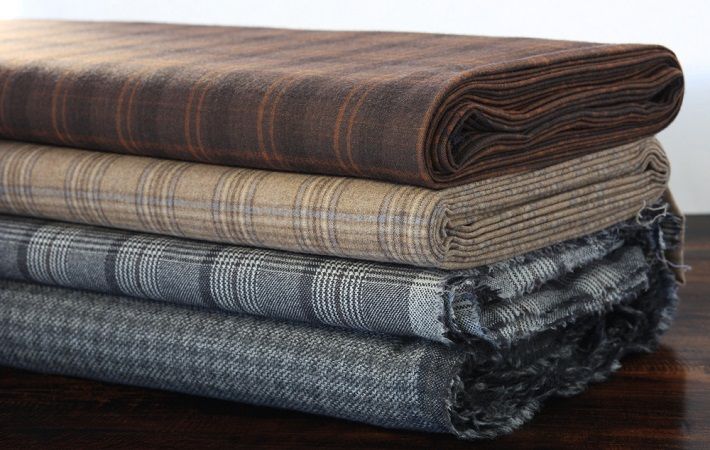
The RoDTEP is "based on the globally accepted principle that taxes and duties should not be exported, and taxes and levies borne on the exported products should be either exempted or remitted to exporters," a Ministry of Commerce and Industry release said.
The scheme's objective is to refund, currently un-refunded: (i) duties/ taxes/ levies, at the Central, State & local level, borne on the exported product, including prior stage cumulative indirect taxes on goods & services used in production of the exported product, and (ii) such indirect duties/ taxes/ levies in respect of distribution of exported products.
However, rebate under the Scheme shall not be available in respect of duties and taxes already exempted or remitted or credited.
RoDTEP support will be available to eligible exporters at a notified rate as a percentage of Freight On Board (FOB) value. Rebate on certain export products will also be subject to value cap per unit of the exported product.
Scheme is to be implemented by Customs through a simplified IT System. Rebate will be issued in the form of a transferable duty credit/ electronic scrip (e-scrip) which will be maintained in an electronic ledger by the Central Board of Indirect Taxes & Customs (CBIC).
Identified export sectors and rates under RoDTEP cover 8555 tariff lines, in addition to similar support being extended to apparel and made-ups exports under RoSCTL scheme of Ministry of Textiles. The entire valve chain of textiles also gets covered through RoDTEP & RoSCTL.
The cotton yarn and fabrics were hitherto eligible only for duty drawback and now on, the cotton yarn will get 3.8 per cent RoDTEP with a cap of ₹11.40 per kilo and woven fabric of 4.3 per cent with a cap of ₹3.4 per sq metre, according to Ashwin Chandran, chairman, The Southern India Mills’ Association (SIMA).
RoDTEP would give impetus and opportunity for India to "increase exports, convert the raw cotton being exported into value added products, increase foreign exchange and create jobs for several lakhs of people, apart from utilising the surplus capacity already created both in the spinning and weaving sectors," Chandran said in a SIMA press release.
Chandran said that knitted fabric has been given only 1 per cent and requested the Government to review the rate based on modular RoDTEP calculation. He said that the knitted fabric made out of yarn should get higher benefit than the yarn which has been taken care in the case of woven fabric.
Fibre2Fashion News Desk (RKS)